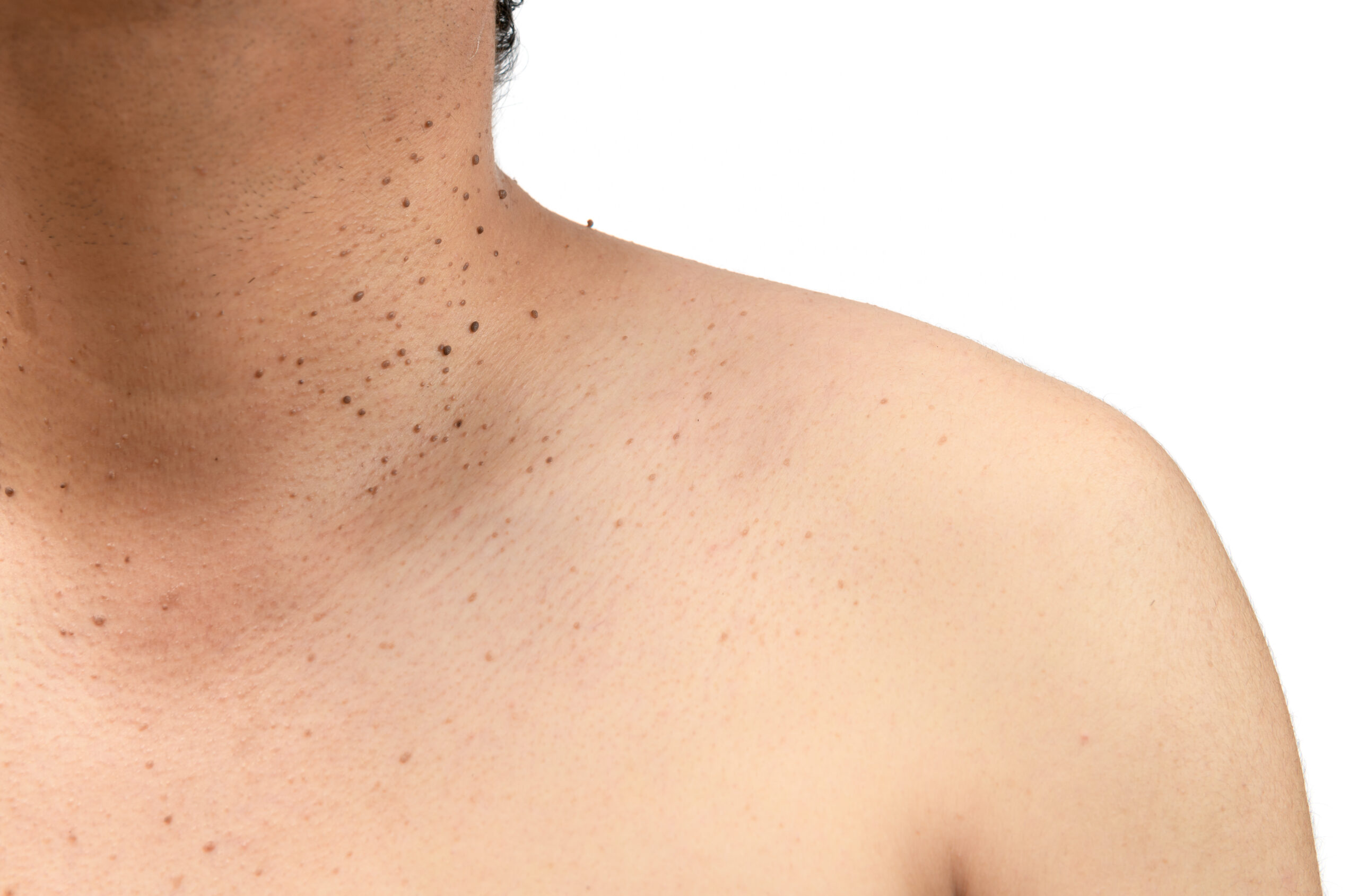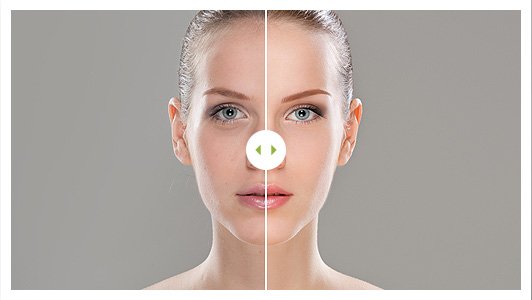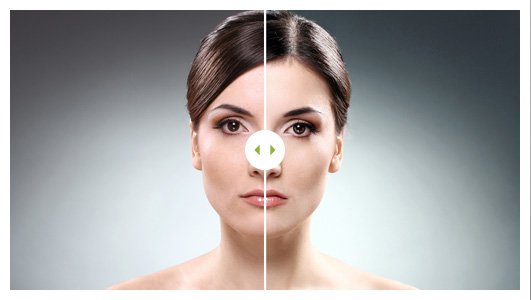What Are Seborrheic Keratoses and How Are They Treated?
Seborrheic keratoses (SKs) are common, noncancerous growths that appear on the skin. They are often called “age warts” due to their waxy, wart-like appearance.
While harmless, the appearance of seborrheic keratoses can bother some people. Understanding seborrheic keratoses in detail can help you better understand your skin.
Keep in mind that receiving a personalized skin assessment is often the first step to finding more personalized treatment options. Keep reading to learn more about seborrheic keratoses and how they’re treated!
What Do Seborrheic Keratoses Look Like?
Seborrheic keratoses typically appear on the face, scalp, chest, back, arms, and legs. They can vary in size, ranging from a pinhead to several centimeters in diameter.
Dr. Minh Dang, board-certified dermatologic surgeon at Golden State Dermatology in Pleasanton and Tracy, emphasizes:
“Seborrheic keratoses are a very common skin finding, and most people will develop at least a few throughout their lifetime. They are not a cause for concern, but if they are bothersome or you have any questions, it’s always best to consult a cosmetic surgeon.”
Here are some key characteristics of seborrheic keratoses:
Color: SKs can range in color from light brown to black.
Texture: They are typically rough, waxy, or wart-like to the touch.
Shape: Seborrheic keratoses are usually round or oval-shaped with a well-defined border.
Surface: The surface of an SK may be flat, bumpy, or have a slightly wrinkled appearance.
What Causes Seborrheic Keratoses?
Doctors and researchers do not know the exact cause of seborrheic keratoses. However, they are believed to be related to sun exposure and aging.
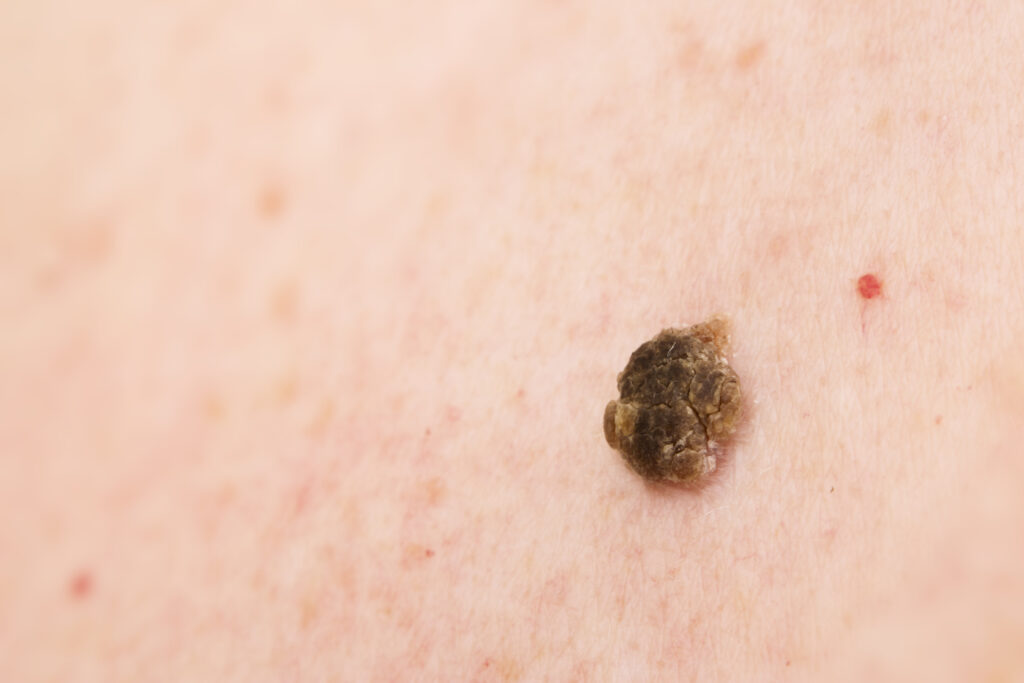
Here’s a breakdown of some potential contributing factors:
Sun exposure: While not directly caused by sun damage, sun exposure may play a role in the development of SKs.
Age: Seborrheic keratoses are more common in older adults, with their prevalence increasing with age.
Genetics: A family history of SKs may increase your risk of developing them.
Are Seborrheic Keratoses Contagious?
No, seborrheic keratoses are not contagious. They are noncancerous growths that do not spread through touch or contact.
Krishna Patel, a certified physician assistant at Golden State Dermatology in Torrance, explains:
“Seborrheic keratoses cannot be transferred from one person to the next. If spreading is occurring, then we should consider a different diagnosis, as that would confirm they are not SKs.”
When Should I See a Doctor About Seborrheic Keratoses?
While SKs are benign and do not require medical attention. However, if you have a suspicious growth, it’s always best to see your dermatologist:
Rapid Growth or Change
If you have a growth that increases rapidly in size, changes color, or bleeds, it’s important to have it checked by a dermatologist to rule out skin cancer.
Itching or Discomfort
Seborrheic keratoses are typically painless. However, if a bump or growth becomes irritated, itchy, or painful, it’s best to consult your dermatologist for treatment options.
Cosmetic Concerns
If the appearance of seborrheic keratoses bothers you, a dermatologist can discuss treatment options to remove them.
What Are the Treatment Options for Seborrheic Keratoses?
Seborrheic keratoses typically do not require treatment. However, if you are concerned about the appearance of your SKs or they are causing discomfort, several treatment options are available at Allura Skin & Laser Center.
Your doctor will work with you to determine the most appropriate treatment option based on the size, location, and number of your SKs. Here are some common treatment methods:
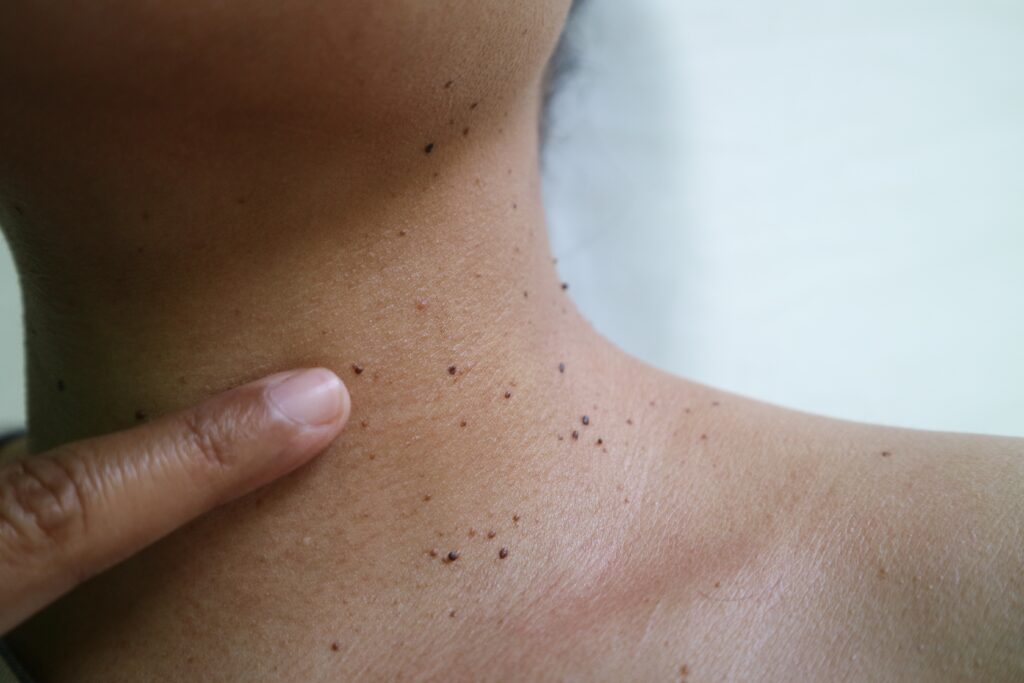
Cryotherapy
One of the most common treatment methods for the removal of Seborrheic keratoses is cryotherapy. This technique involves freezing the seborrheic keratosis with liquid nitrogen.
It may take more than one application to completely remove an SK. The frozen tissue eventually dies and falls off within a few weeks.
Electrocautery
This minimally invasive procedure uses a small electrical current to destroy the SK.
Curettage
During curettage, your dermatologist scrapes away the seborrheic keratosis with a surgical instrument. This method is often used in combination with electrocautery.
Laser Therapy
Laser treatment uses concentrated beams of light to target and destroy the SK.
How Long Does Recovery Take After SK Removal?
Your recovery time depends on the treatment method chosen by your doctor. After cryotherapy, you’ll notice redness and swelling for a few days, and a blister may form within a day.
A scab will develop and naturally fall off within 2-4 weeks. Once fully healed, the treated area might be slightly lighter than the surrounding skin.
Electrocautery treatments typically cause mild redness for several days, followed by scab formation. Most patients heal completely within 2-3 weeks, and this method is less likely to cause skin color changes compared to cryotherapy.
Dr. Dang, explains:
“Recovery from SK removal is typically straightforward and well-tolerated by most patients, with healing progress visible week by week. I always reassure my patients that while the healing timeline can vary between individuals and treatment methods, following proper aftercare instructions consistently leads to optimal results in the vast majority of cases.”
Your doctor will provide specific aftercare instructions for any treatment method. These usually include keeping the area clean and dry, applying any prescribed medications, and protecting the treated site from sun exposure.
Following these guidelines carefully will promote proper healing and minimize the risk of complications.
Can Seborrheic Keratoses Turn into Skin Cancer?
Seborrheic keratoses do not develop into skin cancer. They remain benign growths throughout their presence.
However, because these growths can sometimes look similar to skin cancers, it’s important to have them evaluated by a healthcare provider for accurate diagnosis.
It’s important to monitor your skin for unexpected changes such as rapid growth, unexplained bleeding, color changes, persistent discomfort, or irregular borders. These changes warrant prompt medical evaluation.
A practical approach is to document your existing growths and note any changes over time. Many patients find it helpful to photograph their growths for comparison during future examinations.
Regular skin checks with your doctor can ensure that any new or changing growths are identified and evaluated promptly.
Schedule a Consultation Today
If you’re concerned about seborrheic keratoses or other skin conditions, schedule a consultation with your doctor at Allura Skin & Laser Center.
Our experienced staff can provide personalized advice and treatment options to address your specific needs. Take the first step towards healthier, more confident skin.
Back to Uncategorized Page
